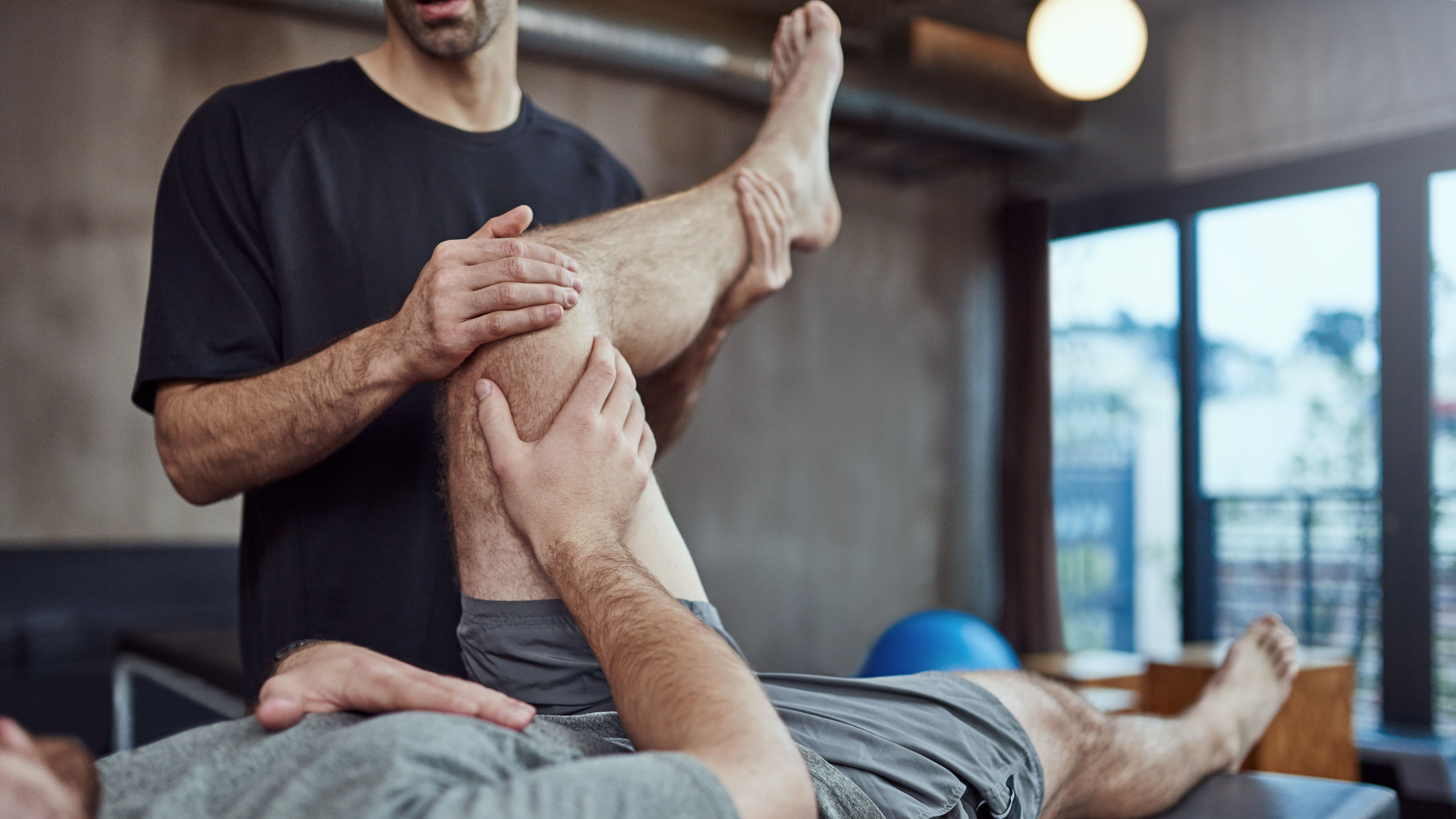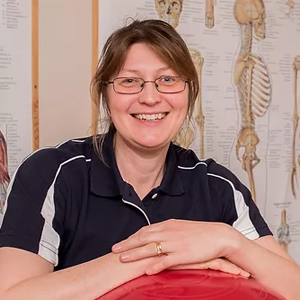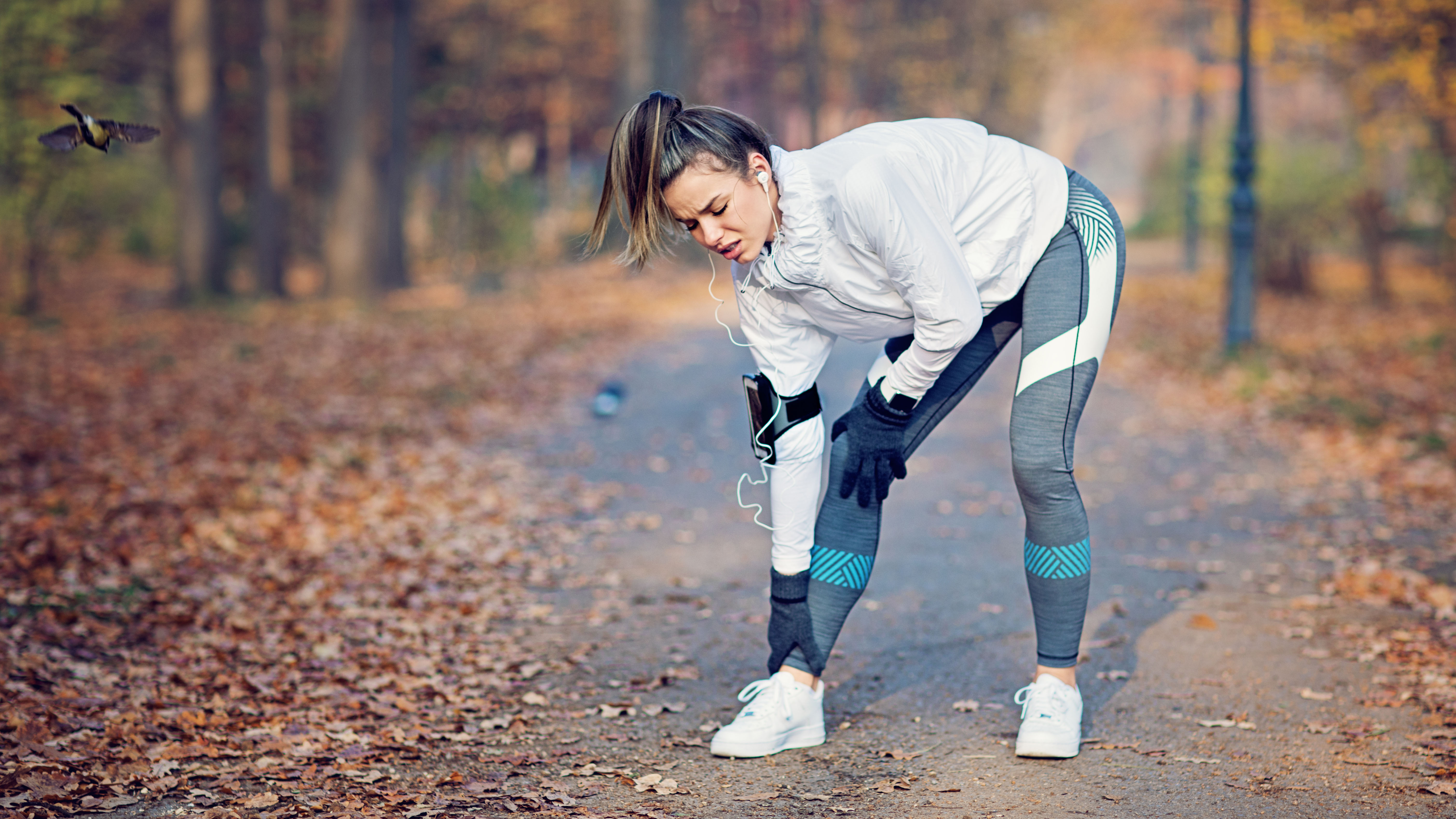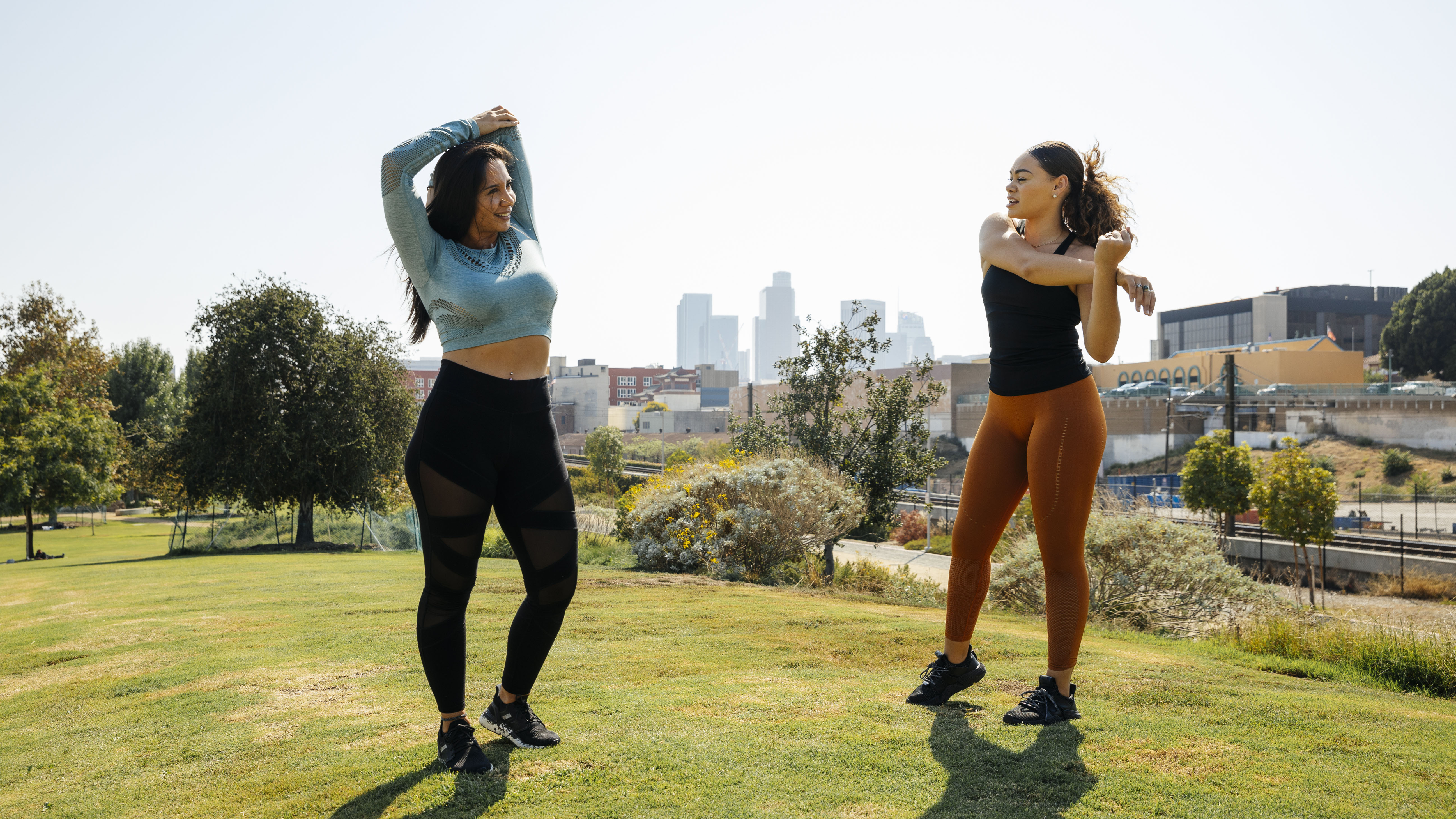What actually is muscle tightness?
Work out enough and you’ll soon encounter muscle tightness, but what causes it and can it be treated or avoided?

Muscle tightness is a feeling you’ll know all too well if you’ve pushed yourself that little bit harder while training. Some consider it to be the hallmark of a full-blooded workout while to others, the discomfort can be alarming or at the very least, inconvenient.
Often referred to as muscle stiffness, this common phenomenon occurs when soreness, pain or cramping causes the muscles to feel tight, making it more difficult for you to move in the way that you usually would.
Although muscle tightness can be the result of something more serious, especially if accompanied by other symptoms, such as a fever, swelling or weakness, more often than not, stiffness in the muscles is caused by a sprain or strain and will usually resolve on its own.
If you’re suffering from post-workout tightness, check out some of the best foam rollers for massaging those sore muscles. First though, read on to discover what muscle tightness is and ways you can minimize suffering from it in the future.
What is muscle tightness and what does it feel like?
While we might commonly characterize muscle tightness as stiffness, or even pain brought on by exercise, the general scientific definition refers to the limited range of motion that accompanies such a feeling. According to studies such as this one at Nursing Research, this is often caused by a muscle or muscles being shortened due to being overworked, through exercise, including lifting heavy weights.
According to Gina Reinge, an experienced sports therapist and scientist, it’s important to understand the root cause of muscle tightness as it may be a symptom of an underlying injury: "It can be caused by injuring a muscle, as scar tissue, which forms after a muscular injury and creates a shortening effect on the muscle,’ she explains. ‘Similarly, it can be caused by health conditions, such as inflammatory diseases or spasticity in muscles."

Gina Reinge is an experienced sports therapist who has spent years working with professional athletes, including having spent four years working at the High Performance centre in Bath, U.K., with international elite-level Judo players. Along with her husband, she runs a multidisciplinary clinic.
IMAGE IN CMS
How can you avoid muscle tightness?
There are a few handy ways to safeguard against muscle tightness however. Although this National Library of Medicine study argues that the impact of stretching before or after workouts has a negligible impact on reducing delayed onset muscle soreness (DOMS), it is generally considered wise to stretch muscles before and after exercise.

Reinge recommends that “to avoid muscle tightness it is important to stretch well after you exercise. Muscles will shorten in response to overload, so this will help to return your muscles to their pre-exercise length.” It’s also worth noting that some studies such as this one published in PeerJ suggest that the onset of soreness will depend to some degree upon each individual’s muscles, so as with any form of exercise, it’s wise to pay careful attention to the signals from your body.
While warming down and stretching out are undoubtedly useful in alleviating tightness, also consider the style, frequency and intensity of your workout. “Muscle imbalance can cause tightness in muscles,” explains Reinge, so ensure your home weights training regime works all parts of the body evenly so one area isn’t overworked compared to another. “If your sport favors one particular area, racket sports are a good example of this, ensure you use the gym to keep the less-used areas strong to maintain correct muscle balance.”
How can you treat muscle tightness?
The most simple and effective way to treat muscle tightness is to simply strengthen the muscles. There’s a reason why newer converts to workouts suffer from DOMS following their initial workouts and that is because their muscles aren’t used to the rigors of fitness training. The more you train, the more resilient your muscles will become, although do bear in mind that certain training approaches (such as progressive overload in weight training) can be designed to work your muscles to exhaustion, meaning in those cases, DOMS is a near certainty.

As for relieving the symptoms of muscle tightness, Reinge states that “sports massage can help with the symptoms of muscle tightness, but to stop the tightness reoccurring you need to work out where the imbalance is and strengthen the body accordingly.” She also adds that “you can do some self checks yourself in the gym using the isolation weight machines.”
On the whole, the ‘no pain, no gain’ approach espoused by some isn’t always the most efficient route to getting results. Yes, muscle stiffness is proof that you have pushed your body past its usual limits, but the time that it takes you to physically recover from such a grueling workout could well eat into the quality of your next planned training sessions. Listen to your body and always aim to train smarter, rather than harder.
Sign up for the Live Science daily newsletter now
Get the world’s most fascinating discoveries delivered straight to your inbox.
Dan Cooper is an experienced fitness writer who firmly believes in the power of running. The hardest race he has completed so far was Tough Guy, the world’s oldest and most demanding OCR event. There he learned that you may be able to outpace opponents, but outrunning hypothermia? That's a different race entirely.











